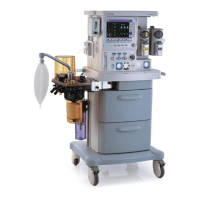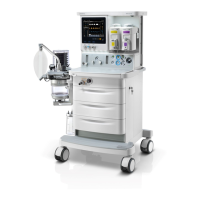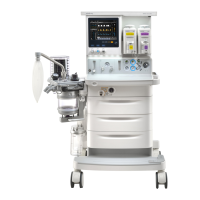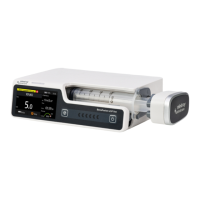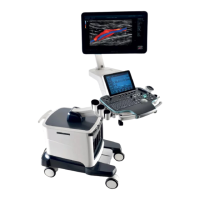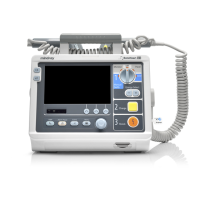A - 17
*Measurement accuracy verification: In adult and pediatric modes, the blood pressure measurements measured
with this device are in compliance with the Standard for Non-invasive sphygmomanometers (ISO 81060-2)in
terms of mean error and standard deviation by comparing with intra-arterial or auscultatory measurements
(depending on the configuration) in a typical patient population. For auscultatory reference, the 5th Korotkoff
sound was used to determine the diastolic pressure.
In neonatal mode, the blood pressure measurements measured with this device are in compliance with the
American National Standard for Non-invasive sphygmomanometers (ISO 81060-2) in terms of mean error and
standard deviation by comparing with intra-arterial measurements (depending on the configuration) in a typical
patient population.
A.13.7 IBP Specifications
NIBP-D Extreme High NIBP-D high limit < 50
Adult: (NIBP-D high limit + 1) to 250
Pediatric: (NIBP-D high limit + 1) to 200
Neonate: (NIBP-D high limit + 1) to 115
NIBP-D high limit ≥ 50
Adult: (NIBP-D high limit + 5) to 250
Pediatric: (NIBP-D high limit + 5) to 200
Neonate: (NIBP-D high limit + 5) to 115
NIBP ≤ 50: 1
NIBP > 50: 5
NIBP-D Extreme Low NIBP-D low limit ≤ 50
10 to (NIBP-D low limit - 1)
NIBP-D low limit > 50
10 to (NIBP-D low limit - 5)
Standard Meet the standard of IEC 60601-2-34
Technique Direct invasive measurement
IBP
Measurement range -50 to 360 mmHg
Resolution 1 mmHg
Accuracy ±2% or ±1 mmHg, whichever is greater (excluding sensor error)
Refreshing rate ≤1 s
Recovery time <10 s (after defibrillation)
PPV
Measurement range 0% ~ 50%
Pressure transducer
Excitement voltage 5 VDC, ±2%
Sensitivity 5 μV/V/mmHg
Zero adjustment range ±200 mmHg
Impedance range 300 to 3000Ω
Volume displacement <0.04 mm
3
/100 mmHg
Alarm limit Range (mmHg) Step (mmHg)
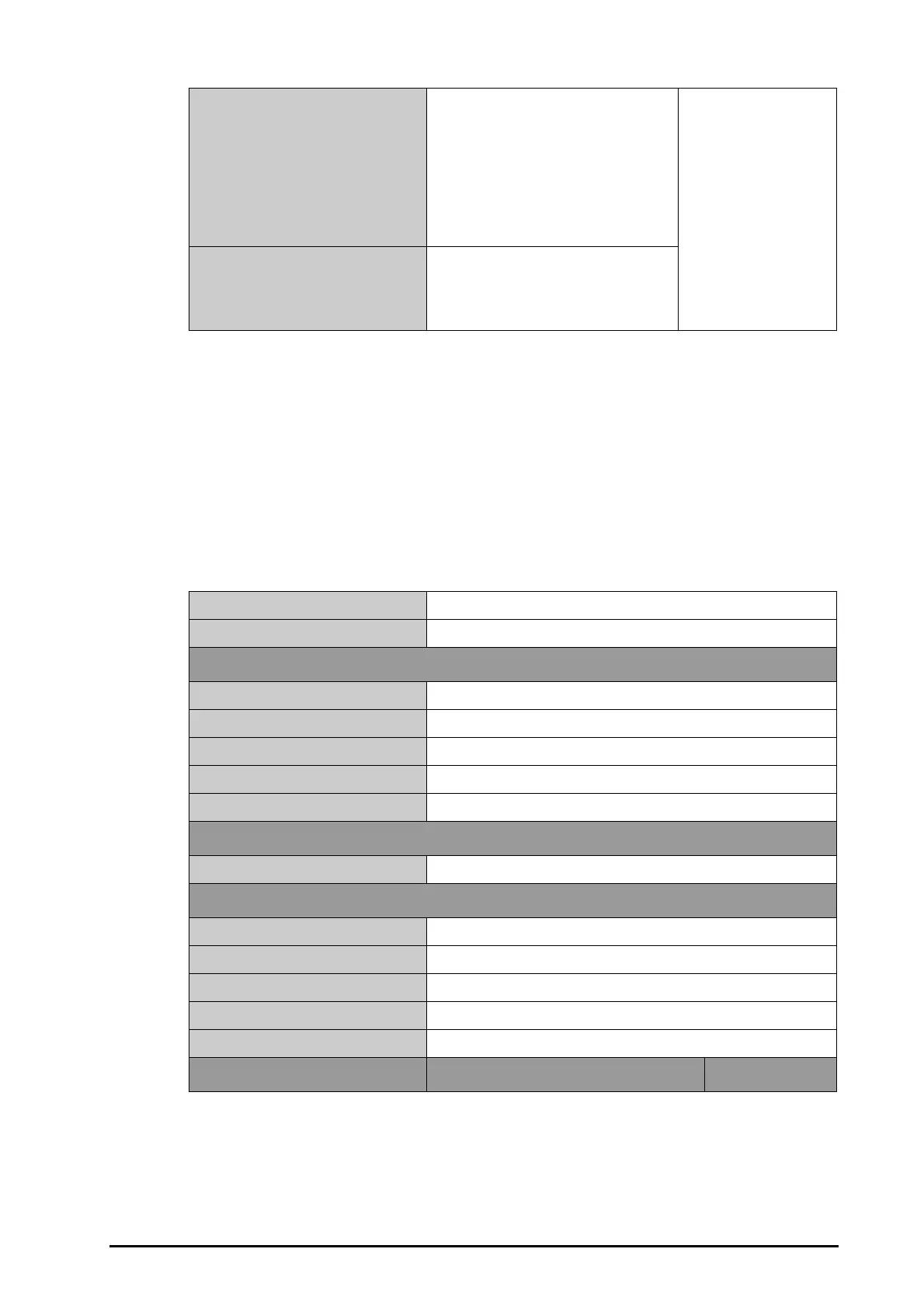